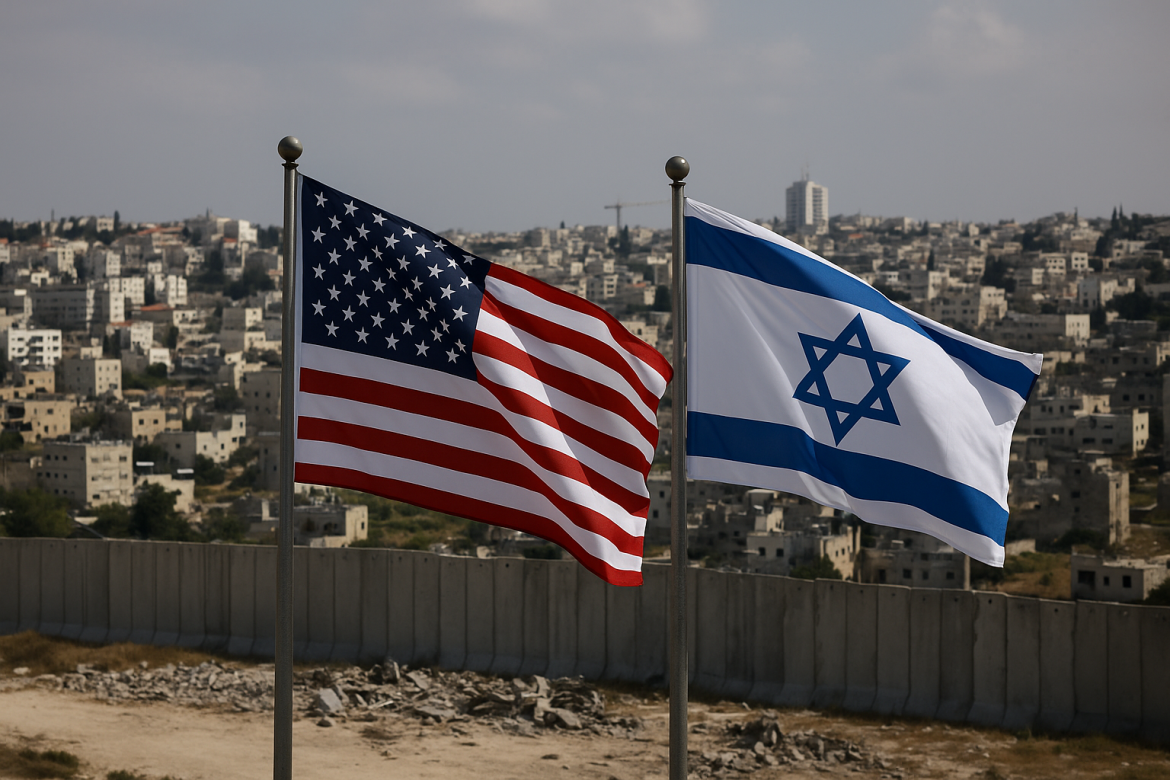The Trump administration has launched a fresh diplomatic push in the Middle East as tensions threaten to unravel the fragile Gaza ceasefire.
Vice-President JD Vance arrived in Israel this week to reinforce the 12-day-old truce between Israel and Hamas, which has come under strain following a deadly weekend attack.
His visit, according to a BBC report, alongside special envoys Steve Witkoff and Jared Kushner, underscores the US administration’s determination to move discussions beyond the ceasefire’s initial phase and towards long-term stability in Gaza.
Washington’s renewed mediation amid rising tensions
Vance’s trip follows talks held by Witkoff and Kushner with Israeli Prime Minister Benjamin Netanyahu on the next phase of the Gaza peace framework.
The meeting focused on establishing an interim government in Gaza, disarming Hamas, withdrawing Israeli troops, and deploying an international stabilisation force.
The ceasefire, announced on 10 October, has already faced serious tests. On Sunday, a Hamas anti-tank missile attack killed two Israeli soldiers, prompting Israeli air strikes that reportedly killed dozens of Palestinians.
Israel later claimed to have dropped 153 tonnes of bombs in retaliation, accusing Hamas of violating the truce. Hamas, in turn, blamed Israel for targeting civilians and insisted it remained committed to the ceasefire agreement.
As per the BBC report, US officials have expressed concern that Israel could abandon the truce if violence continues, with reports suggesting the White House fears Netanyahu might “vacate” the deal and resume a full-scale assault.
The Trump administration dispatched Vance and the envoys to prevent such an outcome and maintain progress on the 20-point Gaza peace plan.
Stalled hostages deal and humanitarian challenges
A key element of the ceasefire includes the exchange of hostages and prisoners. So far, Hamas has returned the bodies of 13 of the 28 deceased Israeli hostages it was holding when the truce began.
The latest remains identified belong to Tal Haimi, 41, who was killed during Hamas’s attack on Kibbutz Nir Yitzhak on 7 October 2023.
Israel, meanwhile, released nearly 2,000 Palestinian prisoners and detainees in exchange for 20 living Israeli hostages last week. However, Israeli officials have voiced frustration that Hamas has not yet returned all deceased hostages as required under the agreement.
Hamas negotiators in Cairo say their teams are struggling to locate bodies buried under rubble due to a lack of specialised equipment.
Despite the ongoing exchanges, violence has continued in parts of Gaza. Four Palestinians were reportedly killed on Monday by Israeli fire east of Gaza City, an incident the Israeli military described as a response to militants crossing the agreed ceasefire line.
The continued clashes have complicated humanitarian operations, with aid convoys struggling to enter the territory.
Global mediators push for phase two of peace plan
The next phase of Trump’s Gaza peace initiative involves broader political negotiations aimed at shaping Gaza’s governance and ensuring long-term security.
This includes deploying an international force to stabilise the region and overseeing Hamas’s disarmament.
In Washington, officials are attempting to secure buy-in from international stakeholders, including Egypt and Qatar, who have helped mediate the ceasefire.
BBC reports that Qatar’s foreign ministry recently criticised Israel for what it described as “continued violations” of the truce, including renewed air strikes and settlement activity.
The US State Department maintains that the agreement is holding “in principle” but acknowledges it remains fragile.
Netanyahu told the Israeli parliament that his discussions with Vance would focus on “security challenges” and “political opportunities.”
He said Israel’s response to Hamas attacks was necessary to enforce deterrence but added that the government remained “open to peace if Hamas upholds its commitments.”
US balances diplomacy and deterrence
As per the BBC, President Trump has described the ceasefire as one of his administration’s most significant foreign policy achievements. He said Hamas had agreed to “behave” and warned that if it broke the truce, “they will be eradicated.”
The White House has ruled out deploying US troops on the ground but emphasised that it would continue to monitor compliance and apply diplomatic pressure where needed.
Vance’s visit signals Washington’s intent to remain directly engaged in the peace process rather than leaving the mediation to regional partners.
With over 68,000 Palestinians killed in Gaza since the war began and international attention fixed on humanitarian concerns, the US faces a balancing act between defending Israel’s security interests and preventing further escalation.
As Gaza’s truce wavers between hope and uncertainty, Washington’s renewed engagement marks a decisive test for its ability to transform a fragile ceasefire into a sustainable peace plan for the region.
The post Trump renews diplomatic push in Israel as Gaza ceasefire faces new test appeared first on Invezz

